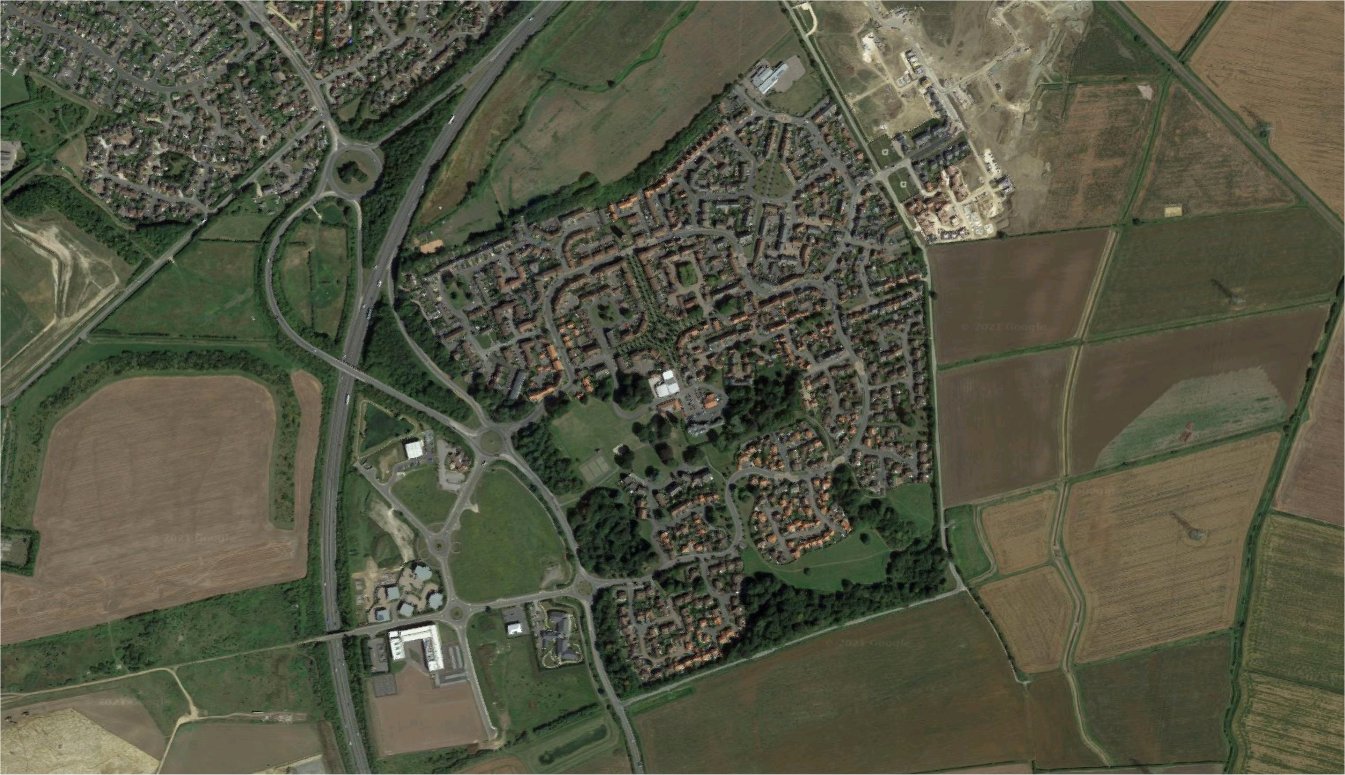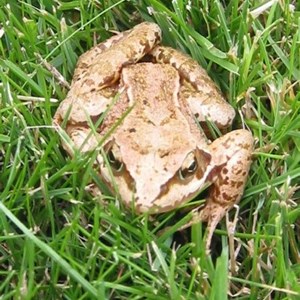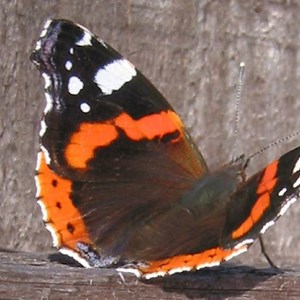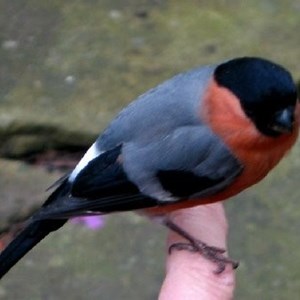Fernwood Conservation
FERNWOOD CONSERVATION GROUP: WHY DO WE NEED IT?
By Catherine Parry
Next time you're at your computer call up Google Maps. Zoom in on Fernwood and marvel at the technology that allows you to see whether or not you had washing hanging on the line the day the satellite went over, and, perhaps more interestingly see what your neighbours have done with their back gardens.

Zoom out a bit.
Now you can see the rough greenness of Fernwood's wildflower meadow, and the darker, shaggy humpy treetops of its clumps and strips of woodland. Zoom out further. The wider landscape resolves into a view of Newark, of the opencast mine to the south west, and acre upon acre of fields. It's an agricultural, rural scene - but an industrial one, nevertheless. It's a smooth landscape of straight lines, and there are almost no trees.
Now put aside the wonder of the technology that allows you to see all this and think about the ecology of such all this and think about the ecology of such a tidy, working land.
What lives in these fields?
There is natural life - hares, skylarks, beetles, cow parsley - but it's a poor ecology, and Newark's Growth Point plan will soon move even these on from the fields to the east of Fernwood.
As human development creeps onwards the woods and grasslands of Fernwood will become a tiny enclave of greenness, a little preserve for plants, creatures and scenes we think of as natural beauty.
In order to keep the rich ecology we have at Fernwood - the woods, the wildflowers, meadow grasses, hedgehogs, pipistrelle bats, stoats, toads, bees, rooks, long-tailed tits, goldfinches, misty summer evenings - we must protect what's here from damage and development, keep it clean, plant new native trees and wildflowers, and provide homes and habitats for those plants and creatures whose numbers are dwindling.
The Fernwood Conservation Group aims to do all these things in order to preserve our woods and green spaces for the sake of both the wildlife and the humans who live here.
We hope to take an insect's-eye view, or a bluebell's perspective on what makes a good garden or thriving wood, and hope that the human residents of Fernwood want to see it this way too.
Like to join?
Contact Dee Harrison via email - cllr.dee.harrison@fernwood-pc.co.uk
The Aims of the Group are to:
-
Encourage the effective management of wildlife habitats.
-
Assist in the maintenance and improvement of public open areas and rights-of-way.
-
Maintain and protect the characteristic features of this environment.
-
Promote awareness and appreciation of our local plants, wildlife and habitats.
-
Work with the management company and developers to establish and develop a natural habitat for wildlife.
-
Encourage high standards of architecture and residential and commercial planning with consideration to the flora and fauna and habitat conservation.
-
Stimulate public interest in, and to care for, the beauty, history and character of the village and its surroundings.



